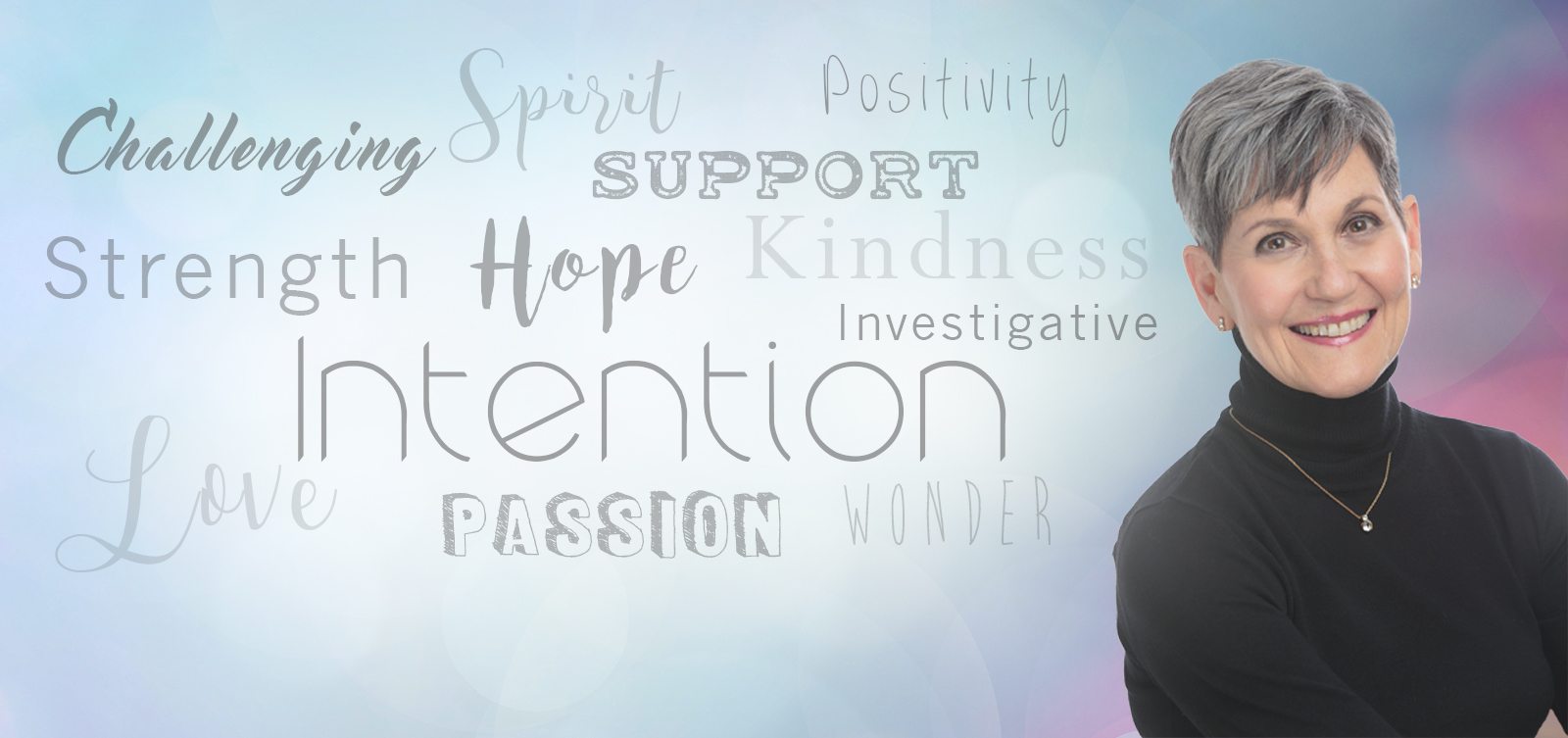
What has amazed me most during Superstorm Sandy, while whizzing over Europe and the Middle East recently and watching the aftermath of the US presidential election is how many people the world over understand that during this vital crossroads in our human history we will only survive by moving away from individualism to interdependence.
We need, essentially, to move beyond red states and blue states, to one BONDED purple state.
To do that requires learning how to do something besides polarizing against some other or ‘them’ who doesn’t agree with you or, no matter what his otherness happens to be. It involves, in essence, turning ‘purple’: learning to have aerial vision of the whole.
Built on sameness
Currently most relationships are forged from the erroneous idea that we have to be the same to get along and that differences between us are to be avoided at all costs. In fact, conflict is considered so antithetical to the human experience that when others disagree with us, we conclude that they must be stupid or ill informed. To justify this position, we find it necessary to debate them, demonize them and announce their ignorance to the world. In our minds, conflict can be resolved only with I win, you lose.
In my view, the key to a more holistic relationship with anyone is to conceive of the relationship as a “thing in itself” and to focus on the “space in between”—the glue that holds it together—especially when you do not agree with each other.
Once you view yourself as part of a bigger whole, you begin to act differently toward others. By making this one simple change of perspective and offering yourself as a vehicle of service to the connection, you will easily find the Bond that is always present and embrace difference within that larger experience of connection.
When you relate to others in this way, you do the opposite of what you’ve learned in critical thinking or debating classes. You focus on what is positive, truthful, and wise about what others are saying, not the flaws in their arguments, and look for areas of common ground.
You also learn how to promote closeness through the power of deep truth and candid disclosure rather than the strength of your arguments. During this type of deep sharing, the pull of wholeness builds trust and loosens attachment to fixed positions.
Here’s the 10 ways, in my view, we can overcome polarization and division of any sort:
10 Steps to Going Purple:
1. Keep alert for “Us versus Them” thinking, language, and actions. As soon as you start generalizing about one race or ethnic group of people—whether Republicans, Muslims, or even bankers—you have defined a group as “them.” Expunge this kind of language from your vocabulary.
2. Practice maintaining respect for a view that is different from your own. There is no right or wrong perception of the world.
3. Question anything you regard as a division between yourself and others. This includes your automatic assumptions about neighbors you don’t know, acquaintances of a different ethnicity or religion, the countries and people beyond your borders.
4. Separate out gradations of belief. The idea that all the people who hold a certain view have the same exact position is a stereotype. Fine gradations of belief exist among people who appear to agree, and most of us outside of a belief system don’t appreciate the wide spectrum of beliefs held within any given position. Pro-choice advocates, for instance, have widely divergent views from each other, from those who believe that abortion is justified in all circumstances to those who believe abortion is justified only in cases of rape. Seek to identify these fine distinctions in beliefs or practices so that you do not miss a chance to find common ground.
5. Look upon everyone involved as a potential partner and honor the need to connect with them.
6. Seek out kernels of truth in any opposing position rather than the differences in views between the other person and yourself. Don’t try to win the debate, convince others of your “rightness,” or convert them to another point of view.
7. Mentally swap roles with someone else. Imagine the issue from the polar opposite of your own position and offer as many solid arguments in favor of that position as you can. This helps you to take a larger perspective on the issue. By the same token, try to imagine someone else looking at your ideas. What do you think they see?
8. Don’t be afraid if you disagree. Explore the values you have in common and seek a creative solution. Identify and explore both your core values and interests: underlying hopes, needs, values, concerns, motivations, fears, and ideals, and identify which interests are mutual.
9. Experiment with a positive description of your differences. Instead of complaining, “Those atheist heathens don’t go to church,” think and say, “How interesting—atheists believe in a natural intelligence.” When disagreements occur, listen harder. You’ll often find that the problem is a gap in your knowledge of the events in the person’s life that have led him to that position.
10. Name your feelings. Then reflect back what you believe to be someone else’s feelings. Reveal the backstory of why you believe what you believe. Sharing deeply invites deep understanding and connection.
Okay, Democrats, go try this on some Republicans this week, and vice versa. And all of you, now it’s your turn to tell me your 10 tips for going ‘purple’.

Facebook Comments